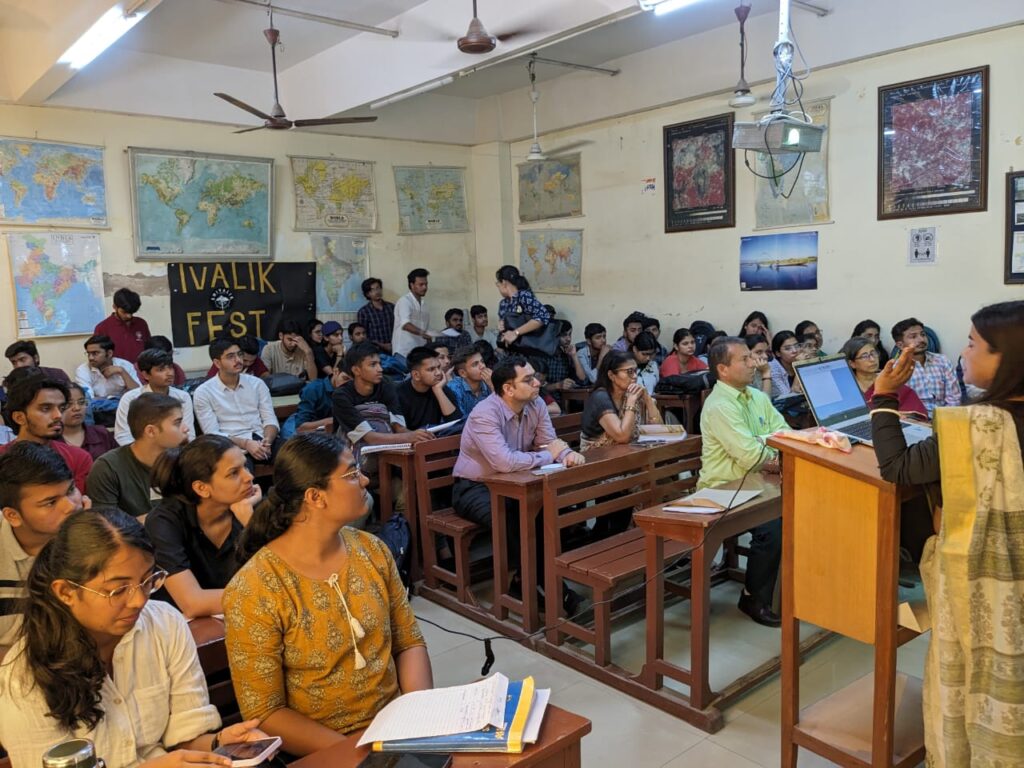Introduction: Who is the Father of GIS?
When we talk about the foundations of modern geographic data science, one name stands above all—Dr. Roger Tomlinson. Known globally as the Father of Geographic Information Systems (GIS), Tomlinson’s groundbreaking work in the 1960s gave birth to a technology that now influences everything from urban planning to climate modeling and disaster management.
But how did one man’s vision lead to a multi-billion-dollar geospatial industry? Let’s dive into the inspiring journey of Roger Tomlinson and his pioneering legacy.
Early Life and Career: The Making of a Visionary
Roger Tomlinson was born in Cambridge, England in 1933. With a background in geography and cartography, he earned his degrees from University College London and later a PhD from the University of London. His academic journey laid a solid foundation for his innovative thinking.
Tomlinson’s early career included work with the Canadian government, where he was tasked with solving complex problems related to natural resource management. It was here that he envisioned a computerized system to handle vast geographic datasets—a radical idea at the time.
The Birth of GIS: A Technological Revolution
In 1963, while working with the Canada Land Inventory (CLI), Tomlinson conceptualized and developed what is widely considered the world’s first true GIS.
This system could:
- Store large volumes of geographical data
- Analyze spatial relationships
- Produce layered digital maps
This was a massive leap forward from traditional hand-drawn maps and manual analysis. In his famous paper “A Geographic Information System for Regional Planning,” he outlined the conceptual design that forms the backbone of today’s GIS platforms.
“GIS is not just mapping. It’s analysis. It’s the link between location and information.” – Roger Tomlinson
You can explore a copy of his influential paper on Esri’s archive or read more about his early work at The Royal Canadian Geographical Society.
Legacy and Global Impact
From environmental conservation to smart cities, GIS has become indispensable in:
- Disaster response and emergency planning
- Urban development and infrastructure design
- Climate change modeling
- Agriculture and land use planning
- Public health mapping (e.g., COVID-19 spread analysis)
Today, platforms like Esri’s ArcGIS, QGIS, and countless open-source tools all owe their existence to the foundation Tomlinson laid over six decades ago.
His achievements earned him numerous awards, including:
- The Order of Canada (2001)
- The GITA Lifetime Achievement Award
- Honorary degrees from multiple universities
Roger Tomlinson’s Philosophy: Beyond Technology
What truly set Tomlinson apart was not just his technical brilliance but his foresight. He believed in making data accessible, democratizing geography, and using spatial thinking to solve real-world problems.
Even in his later years, he emphasized the importance of training, education, and open data sharing for GIS professionals.
Why It Matters Today
As we enter the era of AI-powered geospatial intelligence, it’s important to remember where it all began. Whether you’re a GIS student, a data analyst, or a decision-maker, your work is rooted in the vision of a man who dared to ask: “What if we could see the world in layers of data?”
From GPS apps in our phones to satellite imagery analysis, Roger Tomlinson’s vision continues to evolve, empowering governments, businesses, and individuals to make smarter, more informed decisions.
Conclusion: Honoring a Legacy That Still Shapes the World
Roger Tomlinson didn’t just invent a system—he created a way of thinking spatially. Today, as GIS becomes more integrated with AI, IoT, and remote sensing, the need for geospatial awareness is greater than ever.
Let’s honor the Father of GIS by continuing to innovate, collaborate, and educate the next generation of GIS professionals.
📍Hashtags for Social Media Reach
#FatherOfGIS #RogerTomlinson #GISHistory #GeospatialTechnology #GISLegacy #SpatialThinking #MapTheFuture #GeographicInformationSystems #GIS2025 #TechPioneer #GISInnovation

